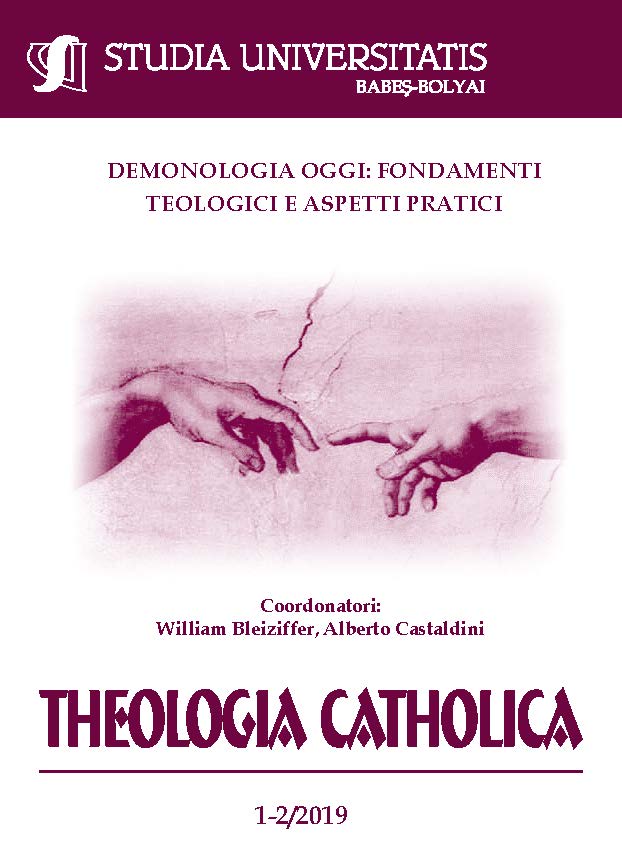RAPPRESENTAZIONI DIABOLICHE NEI LIBRI ROMENI ANTICHI (SECOLI XVI-XIX)
DIABOLICAL REPRESENTATIONS IN THE EARLY ROMANIAN BOOKS (16TH-19TH CENTURIES)
Author(s): Cornel Tatai-BaltăSubject(s): Biblical studies, History of Religion
Published by: Studia Universitatis Babes-Bolyai
Keywords: woodcut; metal engraving; devil in the guise of a man; dragon; serpent; hybrid animal; Last Judgment; New Testament;
Summary/Abstract: Diabolical representations in the early romanian books (16th-19th centuries). The early Romanian Books (1508-1830) contain few illustrations, particularly engraved in wood but also in metal, in which one can encounter diabolical representations. It should be pointed out that these images, of which we have selected thirteen revealing ones, can be found in different books and typographical centers in Wallachia, Moldavia and Transylvania. The graphics in the early Romanian writings showed the devil in the human form with horns, but sometimes he was provided with claws, wings and a tail. He also appeared as a serpent, a dragon or as a hybrid animal. Occasionally he was of frightening aspect with a huge mouth and strong fangs signifying the jaws of Hell in which the damned were driven. The devil was depicted in the compositions The Descent into Hell, The Last Judgment, Adam and Eve, well known themes in European iconography, in St. George Killing the Dragon and in John Climax’s Ladder, subject-matters of special interest on the Romanian territory and in the Balkan area, as well as in some other images.
Journal: Studia Universitatis Babes Bolyai - Theologia Catholica
- Issue Year: 64/2019
- Issue No: 1-2
- Page Range: 203-225
- Page Count: 23
- Language: Italian

